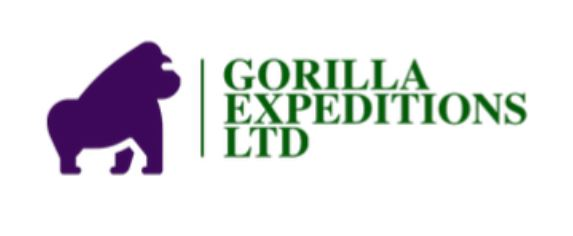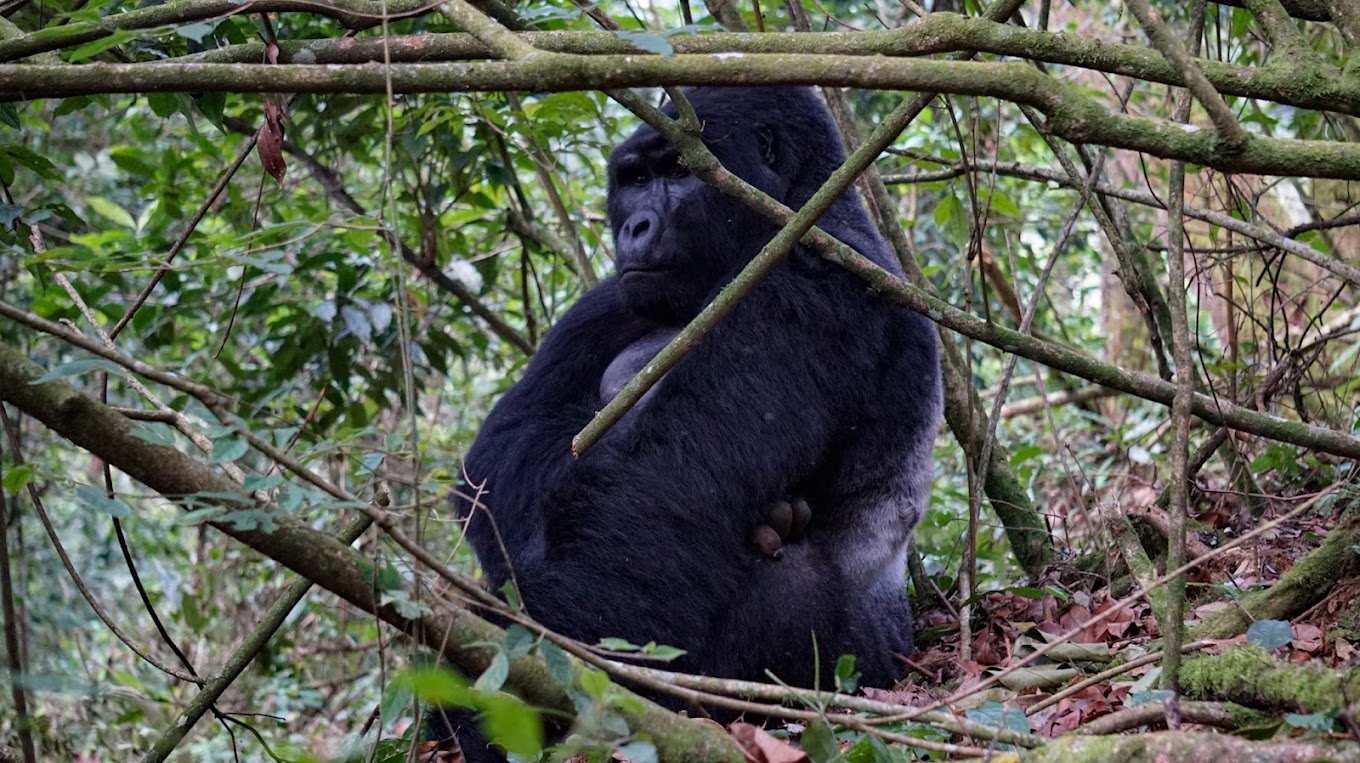Gorilla trekking in Uganda is an unforgettable adventure that should be on every traveler’s bucket list. It offers the opportunity to witness these magnificent creatures up close in their natural habitat, an experience that is both humbling and awe-inspiring. However, before embarking on this adventure, it is essential to understand what it entails and how to prepare for it.
Thank you for reading this post, don't forget to subscribe!Preparation
The first step in preparing for gorilla trekking in Uganda is to obtain a permit. These permits are issued by the Uganda Wildlife Authority (UWA) and are limited in number, so it’s essential to book well in advance. They can be obtained through a tour operator. The permit costs $700 per person, and it’s important to note that it’s non-refundable and non-transferable in most cases.
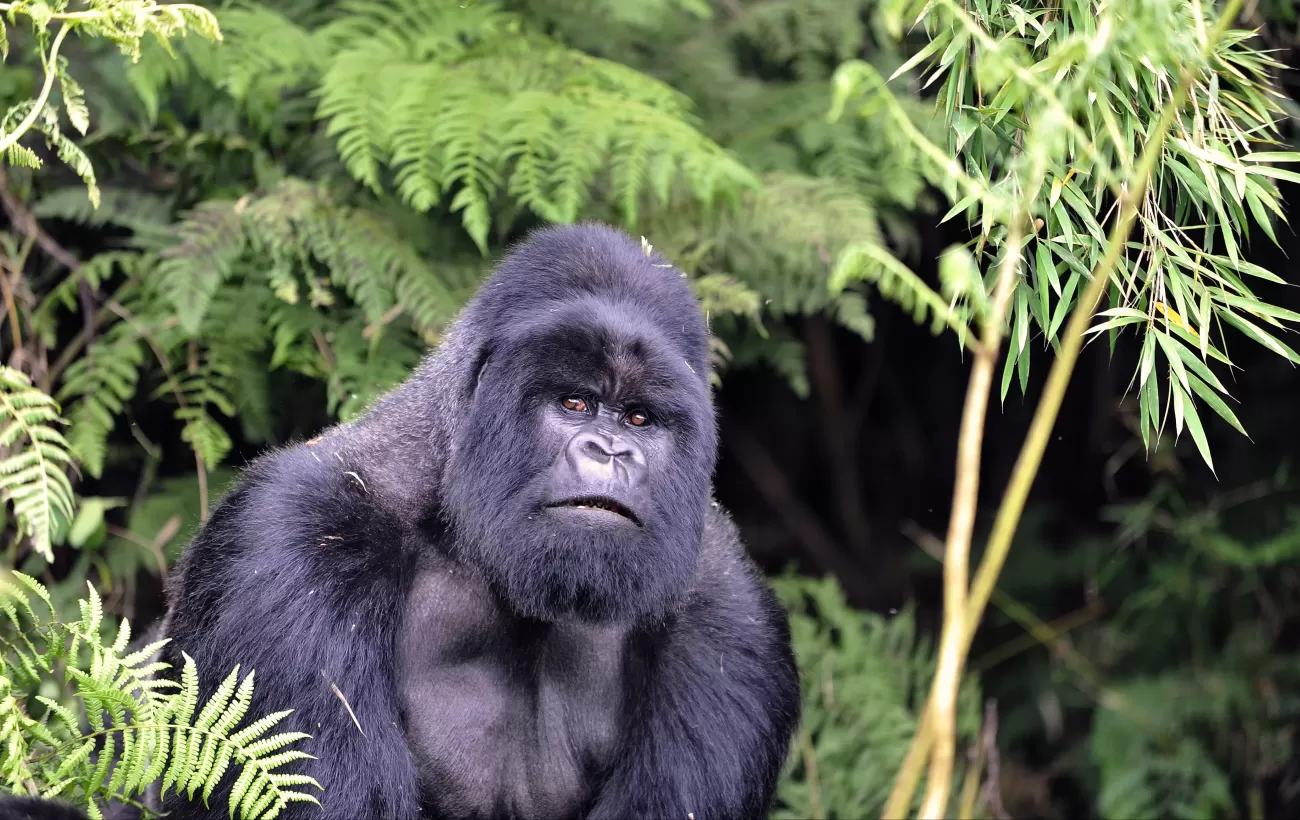
Once you have obtained your gorilla trekking permit, it’s time to start preparing for the trek itself. Gorilla trekking can be physically demanding, so it’s important to be in good physical shape. The terrain can be steep and rugged, and the altitude can also be challenging for some people. It’s recommended to start exercising a few months before the trek, focusing on endurance training such as hiking, running, and cycling.
On the Trekking Day
On the day of the trek, it’s important to dress appropriately. Wear sturdy hiking boots, long pants, long-sleeved shirts, and a hat to protect yourself from thorns, nettles, and the sun. Also, bring rain gear as the weather can be unpredictable. It’s advisable to wear neutral colors such as brown or green, to blend in with the environment and not startle the gorillas.
During the trek, it’s essential to follow the rules set by the UWA to ensure the safety of the gorillas and yourself. Keep a distance of at least 7 meters from the gorillas, do not touch them, and do not eat or drink near them. The gorillas are habituated to human presence, but they are still wild animals and can be unpredictable. It’s important to follow the instructions of your guide and remain calm and quiet at all times.
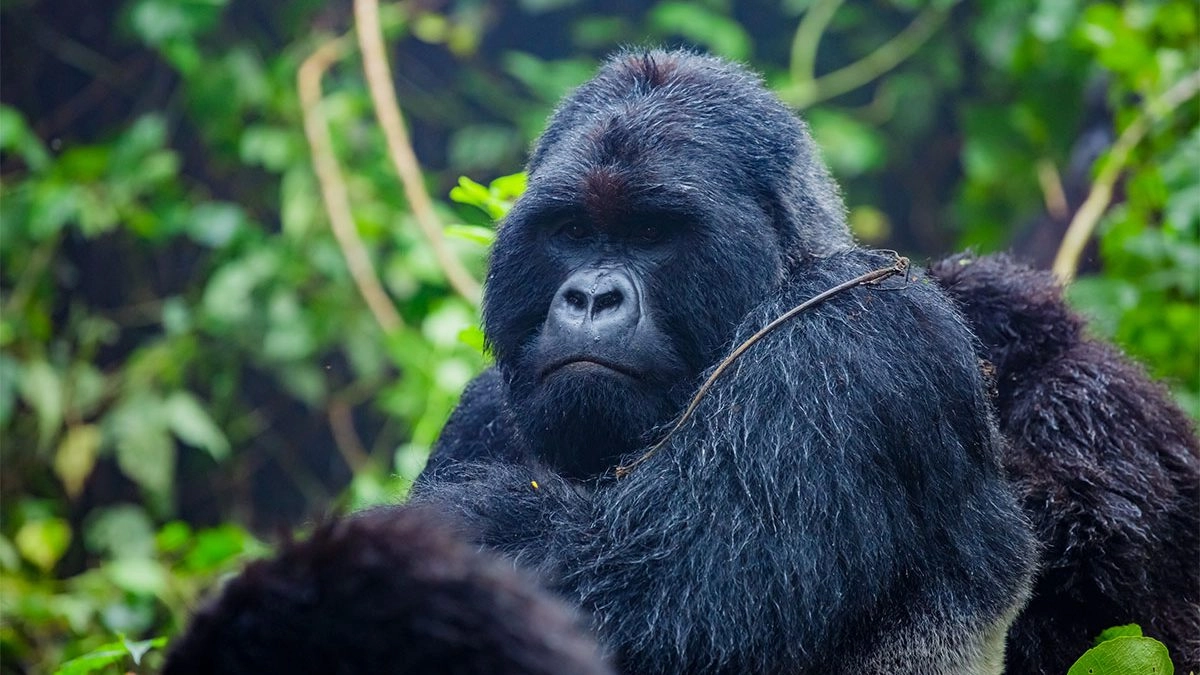
Hiring a porter to carry your bag and help you along the trek is a great way to support the local community and make your trek easier. The porters are often from the local communities surrounding the national park and rely on gorilla trekking for their livelihoods. The fee for a porter is around $15, and it’s well worth it to ease the burden of carrying a heavy backpack and support the local economy.
Bringing a good camera with a telephoto lens is essential to capture the incredible experience of seeing gorillas in their natural habitat. However, it’s important to be mindful of the gorillas’ safety and follow the UWA’s guidelines on photography. Flash photography is prohibited, and it’s essential to maintain a safe distance from the gorillas to avoid any disturbance.
Respect for the environment is crucial when gorilla trekking in Uganda. Remember that you are visiting the gorillas in their natural habitat, so be respectful of the environment. Do not litter or damage any plants or trees, and stick to designated trails to avoid disturbing any wildlife.
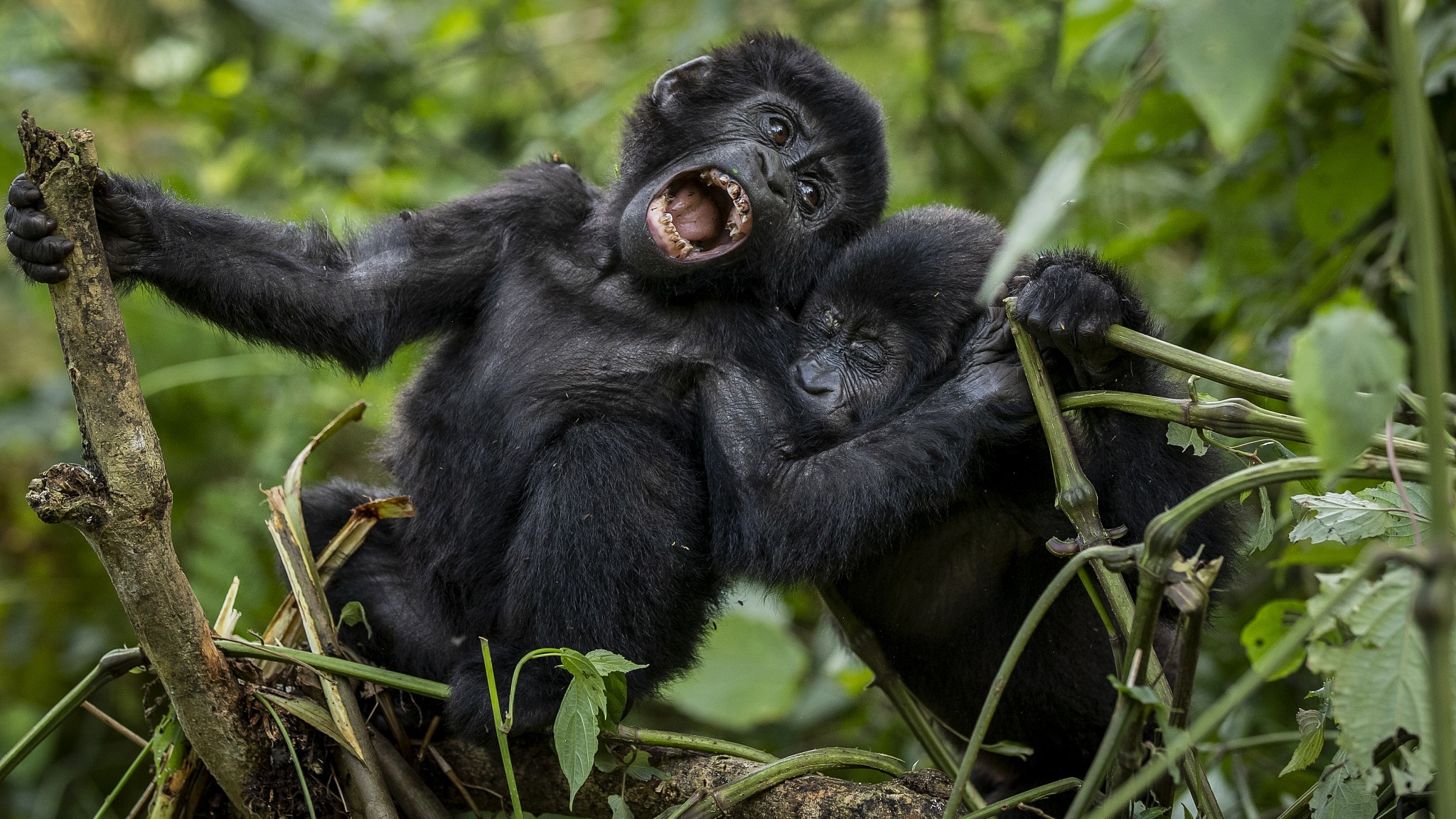
Gorilla trekking can be unpredictable, and you may need to allow extra time for your trek. It’s a good idea to plan a few extra days in Uganda in case of any delays or cancellations. Uganda is a beautiful country with many attractions, so take the time to explore and appreciate its diverse culture and natural beauty.
In conclusion, gorilla trekking in Uganda is an incredible experience that requires careful planning and preparation. Obtaining a permit, dressing appropriately, being physically prepared, following the rules, hiring a porter, bringing a good camera, respecting the environment,
